All images courtesy of Alison Braun

Photography is as big a part of the music we love as anything, really. Think about it. Without this living history, the iconic moments we’ve all come to know and love wouldn’t mean nearly as much. Think about your favorite bands, it could be KISS, The Clash, Pearl Jam- anyone. I am more than certain that a few choice images come to mind when you do. Who’s responsible for those? Who is responsible for the images of the bands you love being ingrained in your mind’s eye? The photographers of course. The artists, who capture the musicians we love, have shaped and defined the proverbial zeitgeist that we perpetually find ourselves swirling around in. Alison Braun is one of the definitive artists within the sector of music photography. Her role in capturing Punk, Grunge, and Rock musicians, in general, has directly fed our perception of these bands and artists over the last 35 or so years. Aside from her groundbreaking work as a photographer, she’s a truly interesting person as well. I enjoyed taking the time to interview her and I hope you enjoy taking a moment to get to know her a little better as well. Before you do, head over to Alison’s website here, and check out some of her work. That will do for now. Cheers.
Andrew:
Alison, thank you for taking the time to speak with us. This last year has been rough, right? How are you holding up during this seemingly ever-raging dumpster fire?
Alison:
I’m doing pretty well considering that the US government is imploding, and thousands of people continue to die because a malevolent narcissist held office.
Andrew:
Tell us about your backstory. What was your musical gateway so to speak? You must love Punk. What spawned the interest?
Alison:
As a kid, I was always a little “off” so to speak. I didn’t care about being popular or wearing the latest fashion. I hated gender stereotypes and kind of always did my own thing, to begin with.
I was a big Black Sabbath and KISS fan. The loudness and raw aggression of Punk Rock really resonated with me as a teenager. It was raw and real.
Andrew:
As a photographer, who are some of your influences?
Alison:
Robert Frank, Henri Cartier Bresson, and Richard Avedon.

Andrew:
My understanding is you caught the bug for photography at a KISS concert in 1976. Is that true? I am a huge KISS fan, so I always jump at the chance to talk about them. Are you still a fan?
Alison:
That is true. My father has a business associate who could get tickets to all kinds of events, from Dodger and Lakers games to concerts. I really wanted to see KISS. We had decent seats and my dad brought his camera. I could see the photographers in front of the stage, and I was completely taken aback with them. I’m not really still a KISS fan though. I met Gene Simmons about 32 years ago at a music industry event and he totally creeped me out. He wanted me to show him my photographs…in his hotel room. I let him know I was 10 years old when I first saw the band and no thank you. GROSS!!!!!
Andrew:
What were your goals when you began working as a photographer and how have they evolved as you’ve gone along? Looking back over the body of your work, how do you feel about what you’ve accomplished?
Alison:
My goals were to bear witness and photograph an important moment in music history. I did not play in a band, so my photographs were the contribution I made to the scene. That goal has not changed. I am now focused on archiving and sharing my work, so it is seen by the next generation of music fans and is not forgotten.
My archive includes over 200 bands. That accomplishment makes me happy.
Andrew:
At some point, you began writing columns and contributing photos for Flipside, Maximum Rock ‘n’ Roll and We Got Power Magazine. How did you end up in those roles? What more can you tell us about your experiences there?
Alison:
Great question. For Flipside, I just sent Hudley an unsolicited photo of Wasted Youth from the Whisky and to my surprise, it was published. That set up my relationship with the magazine.
I met Jordan Schwartz and Dave Markey from We Got Power one afternoon at Oki Dogs, a gathering place for punks in Hollywood. I got to talking to them and the next thing I knew, I was representing them at shows and doing interviews.
I can’t remember how I met Tim Yohannan from Maximum Rock ‘n’ Roll. He became sort of a mentor to me. When I pitched him an interview idea, he always asked if the band had something to say. I started writing a column about my life as a teenager while supplying photos and interviews.

Andrew:
You were in Seattle in the early 90s, right? That must have been an incredible time. Such a thriving music scene and it was blowing up then too. Any interesting stories of shots you got around that time?
Alison:
I moved to Seattle in 1990. It was incredible. Seattle was so much smaller than Los Angeles yet had so many great bands. The intimacy of Seattle at that time reminded me of the early 80s in LA when everyone knew each other. I shot Pearl Jam’s first show when they were still Mookie Blaylock and Alice in Chains was still a club act. Most of the shows were still in very small venues and dive bars. This was a terrible loss for kids under 21 who missed out on a lot of good music.
When I first arrived in Seattle, I lived with a local Metal band called Bitter End, and they called their pad the House of Doom. The carpet smelled like bong water, and the porcelain tub was coated in a strange brown film that took me and a friend 2 hours of scrubbing with an industrial solvent just to make it appear white again. That was the first and last time I ever lived in a group house.
Andrew:
Looking back, what are some of your favorite moments doing what you do? Any special shows or particular meetings with artists that stand out the most?
Alison:
There was a time when the fans and the band were on the same plane. If you look at old pictures, people gathered on the stage perimeters or just sat on the edges of the stage while the band played. I almost always seated on the corner of the stage right next to the band so I could get cool shots with my wide-angle lens. Over time that changed. Barriers were set up, stages were cleared and suddenly it wasn’t fun anymore.
My memories are almost 40 years old yet it is interesting what still stands out vividly:
-Having a completely lucid and deep discussion about family with a totally sober El Duce (The Mentors) at Mystic Studios.
-Introducing El Duce to my father and watching them have a great conversation at the Cathay De Grande.
-My conservative father with a concealed 38 accompanying me to Bard’s Apollo, which turned into a riot.
-Retreating onto the monitors while a crowd surged onto the stage at a Dead Kennedys show at Florentine Gardens, 1981.
-Driving Glenn Danzig around to run errands in my mother’s car and having him rifle through the glove box “looking for something to destroy” and being fascinated with the complete horse vertebrae I had splayed out across the car’s dashboard.
-Driving to San Francisco to stay at the Maximum Rock ‘n’ Roll house and being in complete awe of Tim’s gigantic record collection.
-Interviewing Dag Nasty in my parents’ living room and my mother trying to constantly feed the whole band snacks.
-Bringing a tie for Biafra to wear and accompanying him to court to defend himself against pornography charges.
-In 2003- Bad Religion was playing in Seattle and I wanted to go to the show. My office was down the street from the venue, and I was still in my work clothes (pantsuit). I walked up to the backstage door where I was stopped and asked for “my credentials.” I said my husband owned the building (he doesn’t). It was just apparently plausible enough to work. My ability to sneak into shows was a running job with bands and this stunt had Jay Bentley in stitches when he saw me after a dozen years. He thought I was dead because I just disappeared from the L.A. scene years earlier.
Andrew:
As a photographer, the ability to get out and go to shows and events is a huge part of what you do, but as we know, COVID has disallowed it. What do you miss most about those things?
Alison:
I miss the human interaction and meeting new friends. The energy of a live show cannot be duplicated on a live stream or a recording. But honestly, I am kind of retired from shooting shows unless old friends tour through.
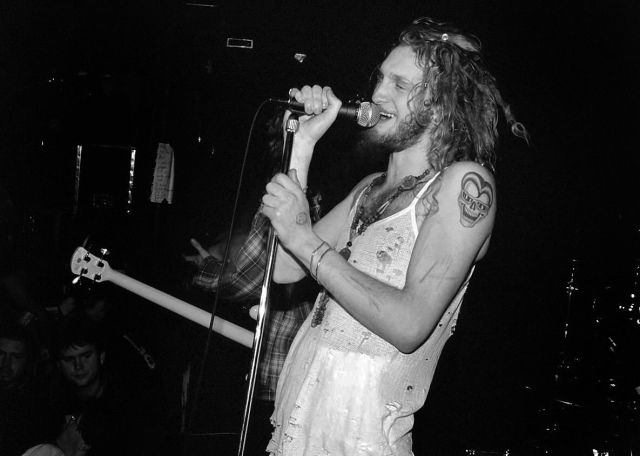
Andrew:
On the subject of shows, do you still love to go to concerts, or has the passion waned at all as you’ve gone on?
Alison:
I don’t go to a lot of shows anymore. Again, if some old friends tour through, I’ll show up with my camera. I did this for DFL, Channel 3, and Junkyard.
Andrew:
You’ve been at it a long time, and you’ve taken so many amazing photos of artists in action. What is it that you love about capturing this living history the most?
Alison:
The breadth of my archive. I almost always shot the entire bill, so I have some really obscure bands. The collection represents a pretty decent picture of where LA was at a point in time.
Andrew:
Some of your photos are direct representations of how we will remember these artists forever. How gratifying is it to know that you’ve contributed to the zeitgeist so to speak? Is there a direct through line that overarches your work, or does each piece stand alone?
Alison:
Everyone was so young; it was the beginning of their journey for most of the bands. And for those who died early, the images will forever be of their young selves.
One of the things that stands out as I have started scanning and archiving my collection is the trajectory of a lot of the bands musically, visually, and stylistically. A great example is Discharge. When I first captured them in 1981, I was blown away by their fierceness and energy. It was magical to see their command of the stage and audience. Fast forward a few years – their hair grew out, the lineup changed and just like that, they were playing this weird Glam Metal that turned off the audience like a switch on the wall. People hated it.
I also followed other bands through musical genre changes: Dr. Know, DRI, etc. moved in a Speed Metal direction. It paints a picture of the evolution of the music, which also adds to the zeitgeist.
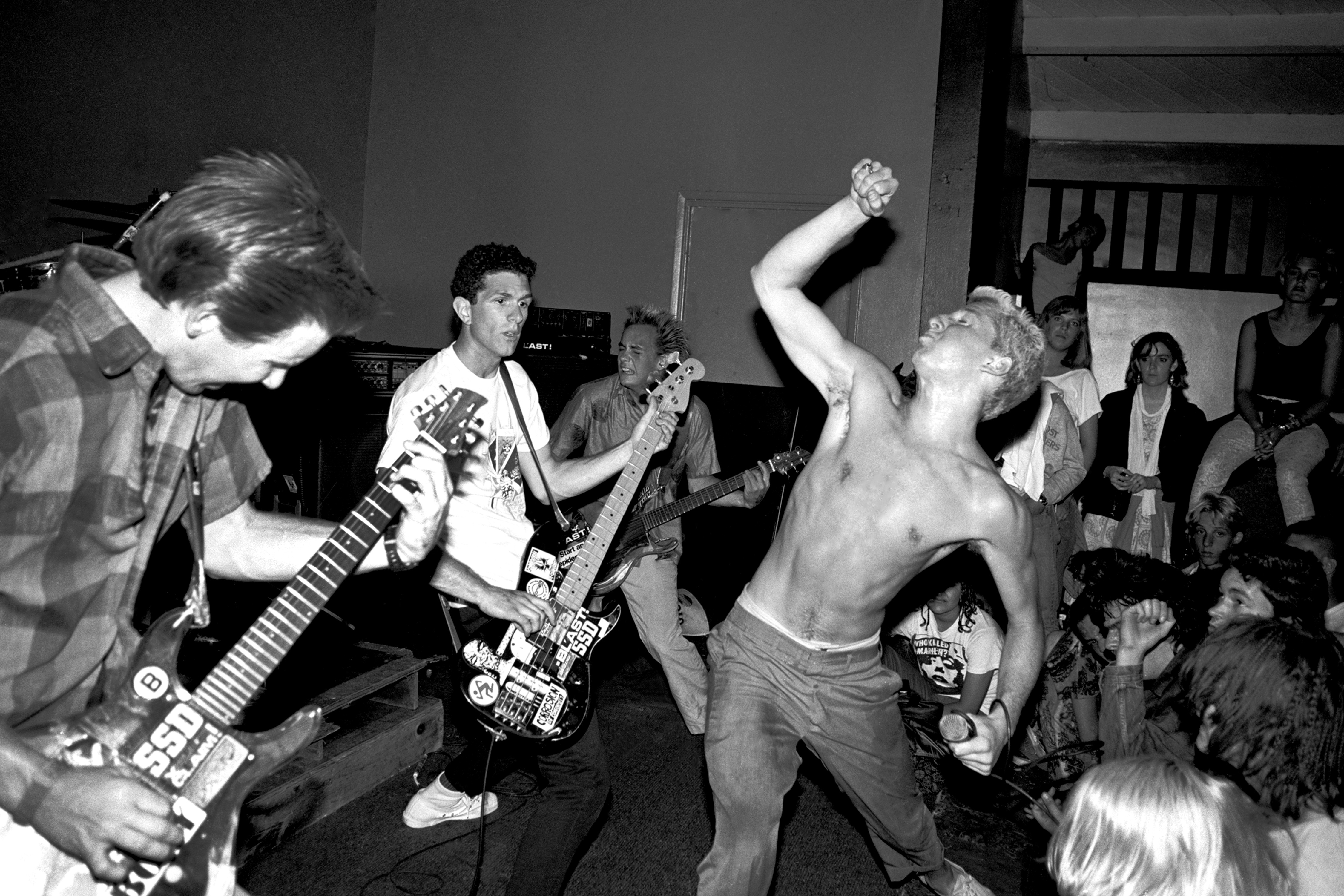
Andrew:
Are you into records? Tapes? CDs? Digital? Where do you like to shop for music?
Alison:
I still love vinyl. With the advent of streaming and small media like CDs, the artwork I grew up with is not the same. I loved opening a record and looking at the liner notes and the secret messages sometimes hidden in the groves of the record. Most of my music purchases sadly are online these days. I miss pawing through record stores.
Andrew:
What are a few albums that mean the most to you, and why?
Alison:
-Black Sabbath- Sabotage. The guitar reverberated in my spine. One of the finest Heavy Rock albums ever made.
-The Clash- London Calling. I didn’t know anything about the band when I bought an 8-track tape because I liked the cover shot. That album and its songs changed my life.
-Black Flag- Nervous Breakdown. At that time, it was the angriest record I ever heard.
-Dead Kennedys – Plastic Surgery Disasters. I played that record repeatedly for years. Klaus’ heavy surf guitar sound haunts me to this day and the lyrics still resonate. Plus, Biafra was one of the best live.
Andrew:
Who are some of your favorite artists? Ones that mean the most to you.
Alison:
-Black Sabbath – STILL! Bar none. If you can’t see how they influence everyone, you suck.
-Dead Kennedys- The lyrics are still relevant.
-BL’AST! – still one of my favorite Punk bands and the one I photographed the most.
Andrew:
Last question. What advice would you have for young artists just starting out? How do they stay afloat in a world that seems to be so abhorrent to creatives?
Alison:
I get asked this question a lot. I wouldn’t say abhorrent to creatives, just different. Social media has revolutionized the ability to get your work seen. It’s not just about galleries, magazines or record companies anymore; it’s about self-promotion. Put the work out there and tag the hell out of it. I have discovered a lot of photographers on Instagram this way and I am so impressed at their level of skill.
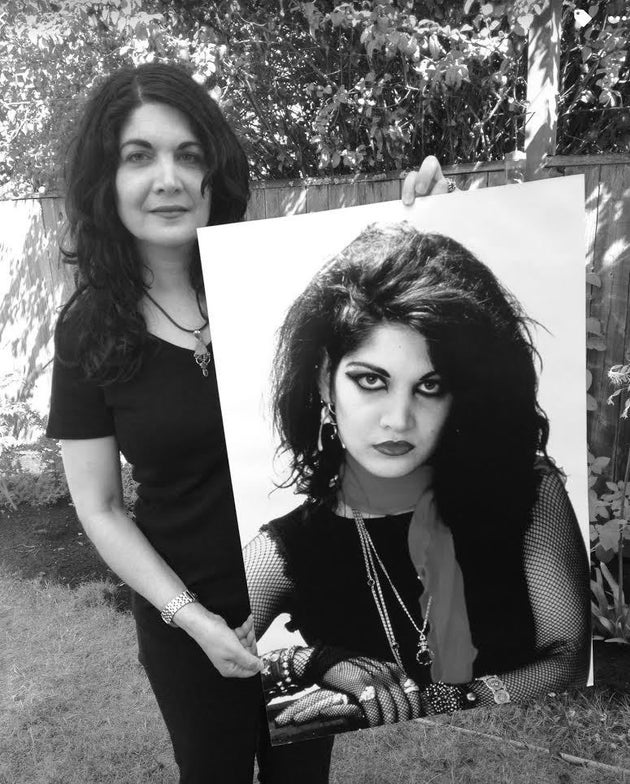
Dig this interview? Check out the full archives of Vinyl Writer Interviews, by Andrew Daly, here: www.vinylwritermusic.com/interview
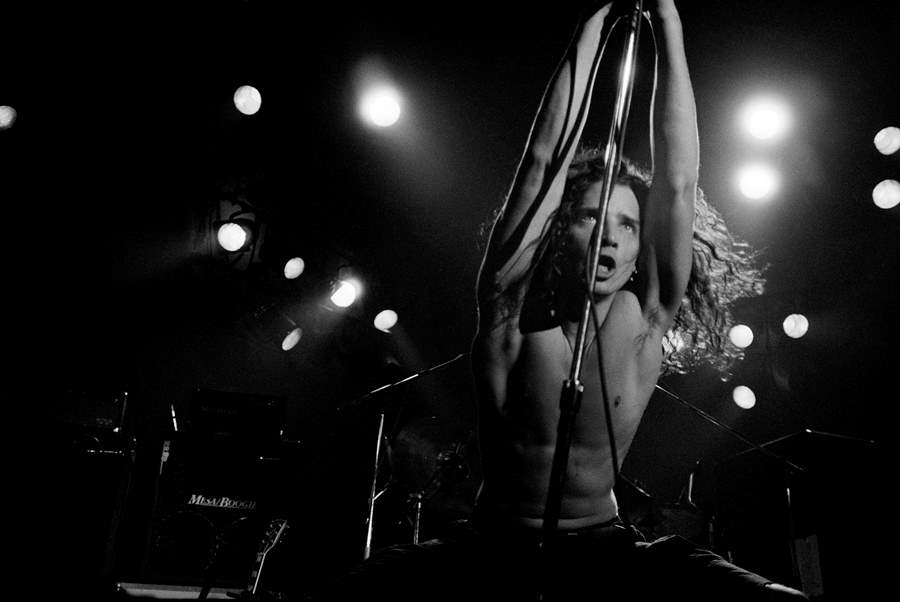
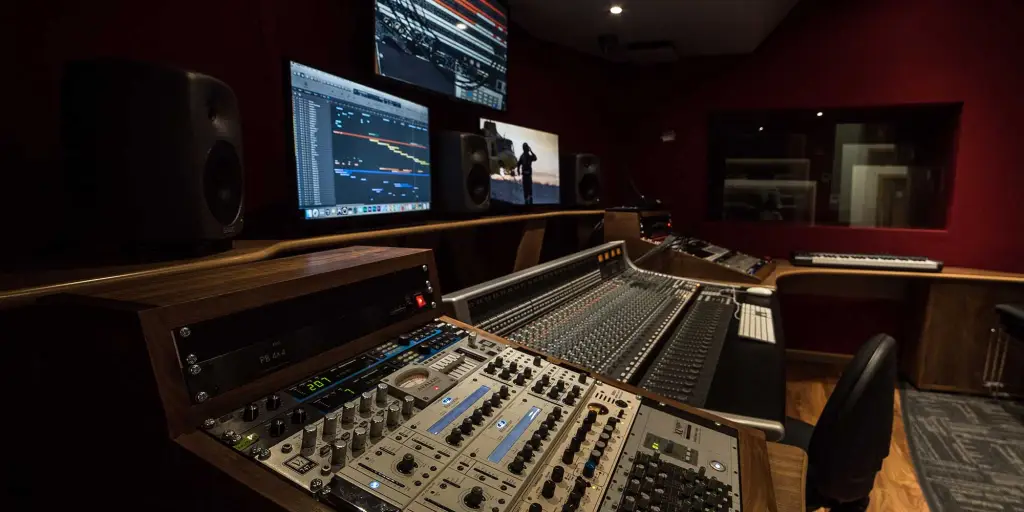

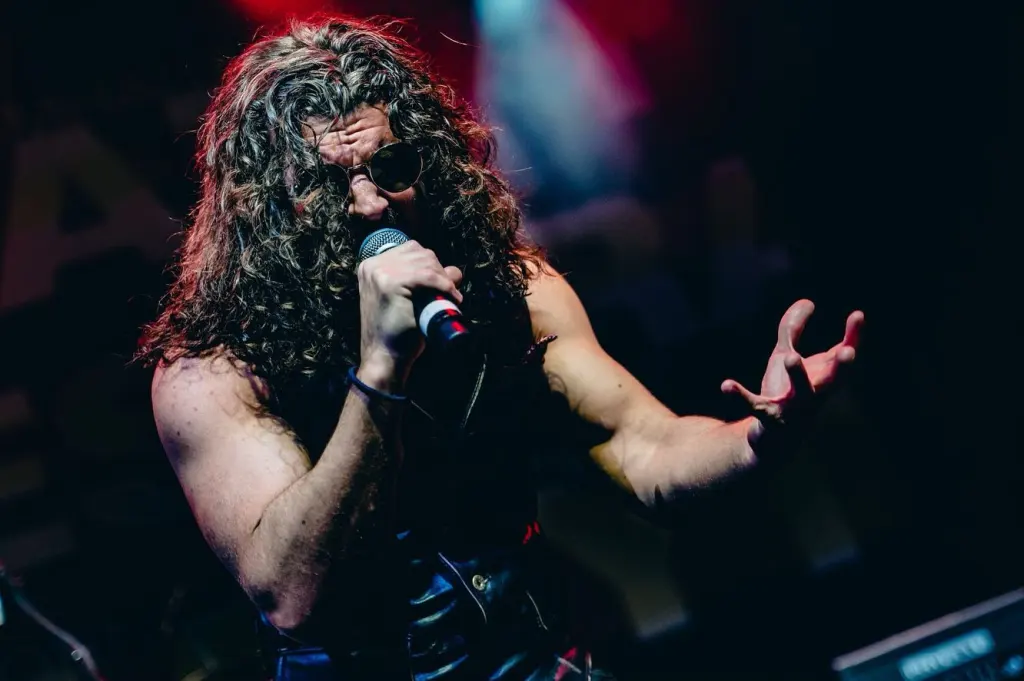
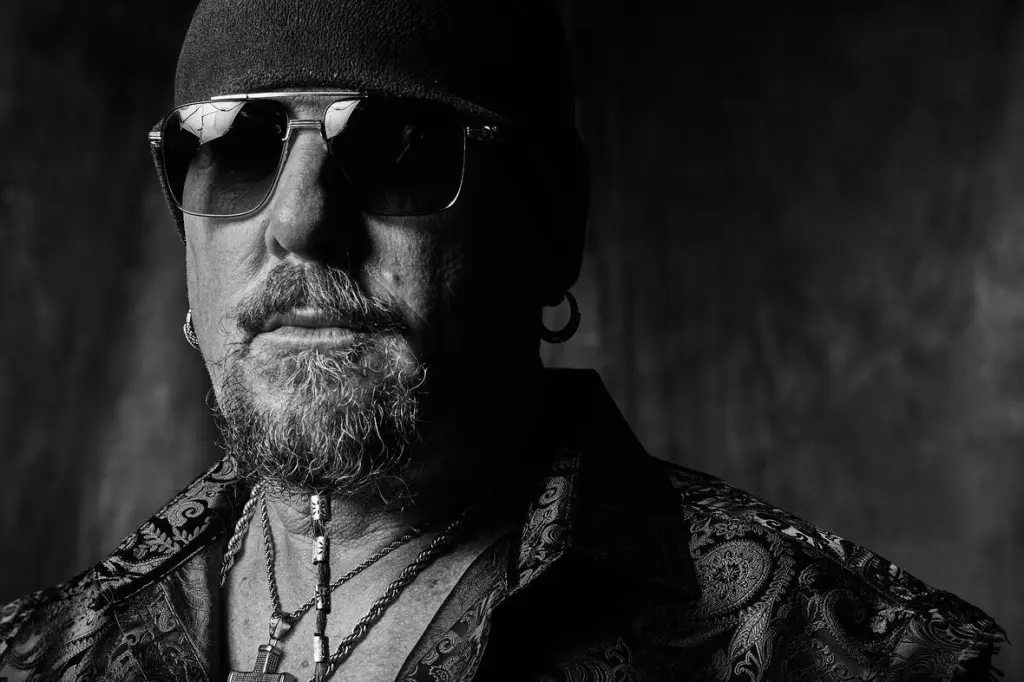
Leave a Reply